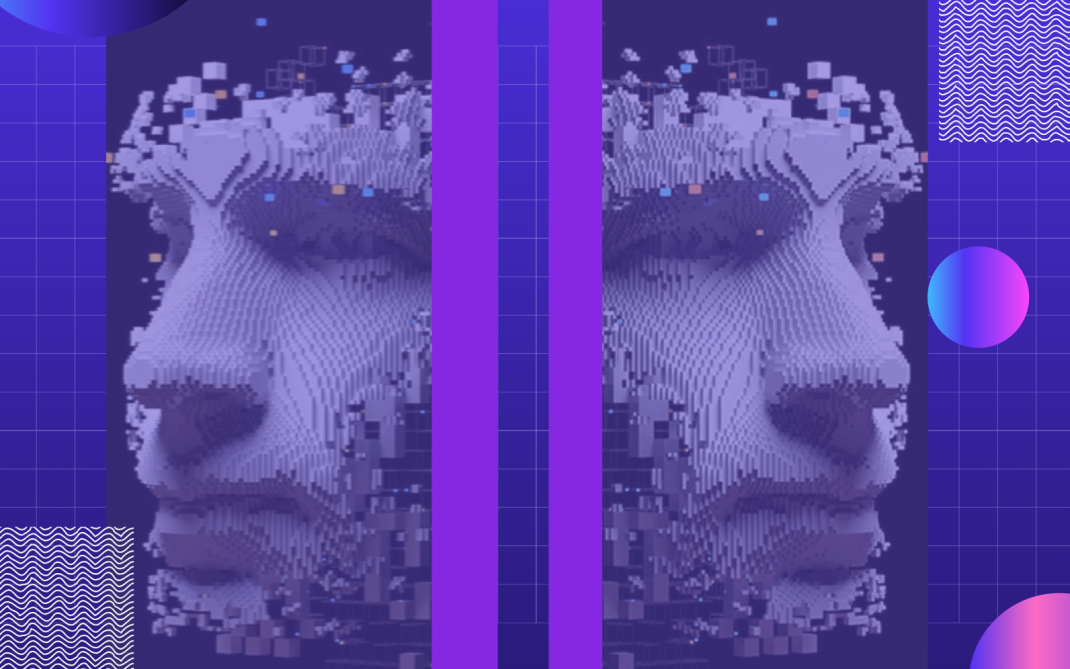Ray Kurzweil, Director of Engineering at Google, already gave us a clue about where the concept of Augmented Intelligence was heading, "in 2030 we will be able to connect the brain to an external one that will make it more powerful," he said. Can you imagine being able to speak Chinese without learning it?
The technology surrounds us, we live with it every day and its advancement has provided us with many benefits. That's how it has happened throughout history - for example, today we cannot imagine a life without airplanes, without television, without computers, etc. The list of new technologies grows every day. Robots, augmented reality, algorithms, and machine-to-machine communications help people in a wide variety of tasks. These are exponential technologies, which means they double their power or processing speed every year, while reducing their costs. This means that the advantages they can bring us are also exponential, so it is essential to engage with them and learn how they work.
Today, the technology that creates the most uncertainty is Artificial Intelligence. Almost all of us have heard about the effects this technology will have on many aspects of our lives: "5 million jobs at risk because of Artificial Intelligence"; "Artificial Intelligence will replace 40% of jobs in the next 15 years"; or "Artificial Intelligence will start World War III."
The birth of this controversy dates back to 1997 when Gary Kasparov, the world champion of Chess, was defeated in a match by IBM's supercomputer "DeepBlue." Unlike most people, Kasparov showed great capacity for reinvention and adaptation and far from showing his frustration, he decided to join forces with these machines to create what would be a new form of play, "Advanced Chess." In this modality, machines and humans united forces and competed as a team. These particular teams, called Centaurs Teams, proved to be, in a very short time, much stronger than teams formed only by humans or only by machines.
This example opens the door to understanding the concept of Augmented Intelligence. This concept has been created to put the following message in the appropriate context: Augmented Intelligence has been created to enhance human capabilities and intelligence, never to replace them. In this way, the term Augmented Intelligence emerges with the aim of demystifying the alleged dangers that this technology automatically brings to society. The key argument of this concept is based on the fact that all technology is created by humans, and although it may function autonomously, it is amoral, meaning it obeys the programming code created by human beings.
Therefore, before thinking that new technologies are going to take away our jobs, Augmented Intelligence invites us to think that the union between humans and machines will allow us, for example, to eliminate certain physical tasks, allowing us to focus on more human aspects such as creativity, curiosity, beauty, and happiness.
Examples:
Among the clearest examples of how humans and technology are stronger together, we can highlight the recent discovery of an international team of researchers who have managed to find a way to apply the precise amount of tension needed to transform the properties of crystalline materials, making them faster in conducting electricity. This represents a great advance in the development of diamond processors, which are 100,000 times faster than current silicon-based ones. Specifically, these researchers have left the task of predicting and controlling the effect of tension changes to artificial intelligence, as is already done with other aspects related to material science. Without this work, arising from computer science and the direct application of artificial intelligence, this would not have been possible in such a short time and with so few resources.
Neil Harbisson, the first Cyborg on the planet, is another clear example of the potential that comes with the mixing of the brain and technology. Neil was born with a particularity - he could only see in shades of gray. That is why he decided to work on an antenna, which he incorporated into his body as an extension, allowing him to distinguish colors. Through vibrations in his skull, he is able to distinguish colors by associating them with images, music, or videos. In this way, Neil has trained his antenna so that when it focuses on a red wall, it emits a specific vibration to project in his brain the image or element that he has associated with that color. This example shows that technology will not only help us become more complete professionals but also that we will be able to design our own bodies and perceptions, increasing our possibilities of survival on Earth or in outer space.
Another example is the case of a young engineer who is asked to indicate the performance and duration of a valve because deficiencies were identified in the system. Under normal circumstances, the worker would have had to gather several of her colleagues for weeks to collect data, research, and test. However, she used artificial intelligence (IBM Watson) to pose the problem and let it locate all the necessary information related to the problem, and after more than an hour, it showed her everything that is relevant, giving her a diagnosis. This young woman made use of her augmented intelligence thanks to having a "tool" that is faster than her at conducting an analysis. Could she have done it alone? Yes. Would her work have been efficient? No, she would have lacked time. In this case, Artificial Intelligence was her Augmented Intelligence.
The evolution of artificial intelligence applications is exponential, and this has led to a growing demand for profiles with skills to work with Artificial Intelligence. 85% of jobs in 2030 do not yet exist, but undoubtedly, they will require knowledge and use of these technologies. Therefore, the sooner we ally ourselves with them, the better prepared we will be for the challenges that lie ahead.
